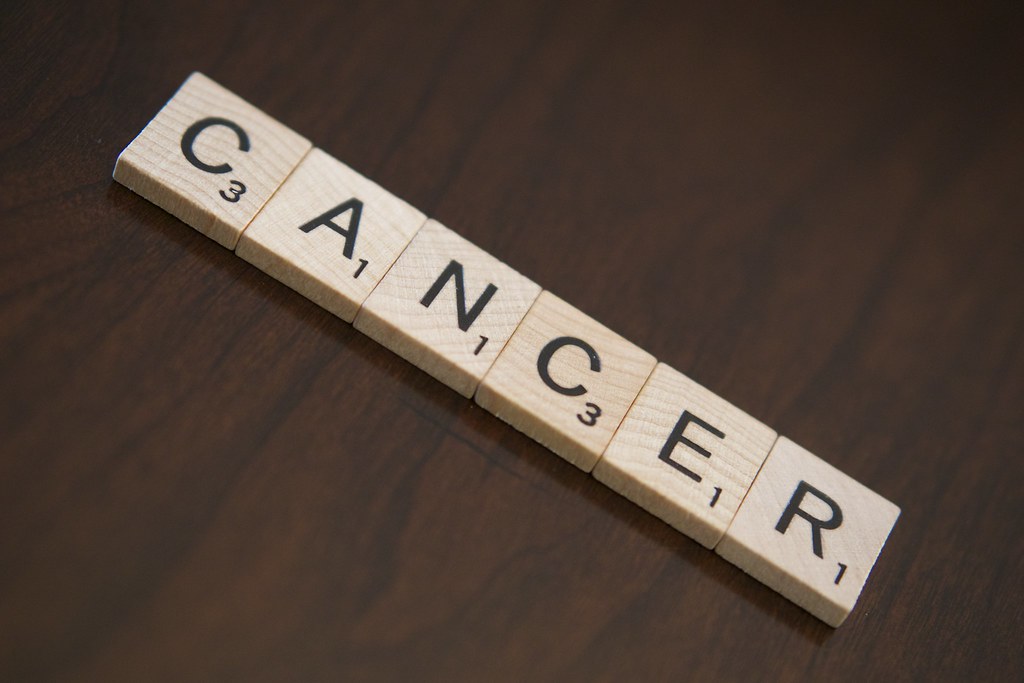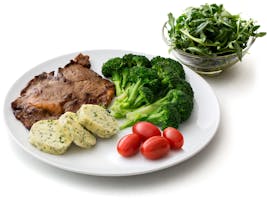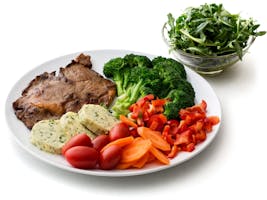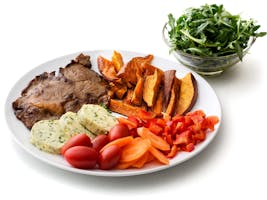Growing older doesn’t have to be a struggle. Whether weight gain, brain fog, belly fat, joint pain, sleep disturbances, fatigue, mood changes, hot flashes, binge-eating or some other concern, let’s take the steps you need to survive and thrive. Find the healing power of a low carbohydrate healthy fat lifestyle.

MENTAL CLARITY – MY JOURNEY
As I approached my 50s, I noticed increasing difficulty focusing. I’d always been a multitasker, but this was different. It was affecting my work. As an Emergency Room nurse, I could not ignore this change. I needed to keep pace and mistakes in my line of work could literally mean life or death.
Brain Fog – So I started doing some research on “brain fog”and “anti-aging”. My “Google Diagnosis” was ADHD. My mom had always said I was unable to sit still after all, and ADHD was not something that was diagnosed in the 70s. I sought out a specialist, a physician who works with adult ADHD, took some tests, and he agreed with my diagnosis. I was started on medication that would help my ability to focus, and possibly the accompanying anxiety. Granted, I was also going through some fairly significant life changes at the time, but still thought it must be something other than stress or aging was keeping me from my potential, so I blamed it on the ADHD. I followed the advice, took the pills, went to therapy, and noticed some temporary improvement.
My Journey Begins – But it wasn’t enough. I still thought something didn’t feel right, plus the fact that I didn’t want to take what is essentially methamphetamine for the rest of my career. It also wasn’t just the mental clarity that bothered me. I started to notice some other things as well. I felt like I was aging, at an accelerated rate. I thought I was taking care of myself pretty well – I ate pretty good, I maintained my weight and exercised regularly. So why did my joints ache? Why was I getting arthritis? Why did I have cellulite and loose skin? I researched topics like “symptoms of menopause, mental clarity, brain fog, aging and memory, anxiety, inflammation…” and realized it might actually be possible to optimize all of these aging challenges through nutrition. I had studied nutrition as a nurse and for my degree in exercise physiology, but decided to look more closely at the recent data. Thus began my journey.
The Science – I don’t want to get too complicated and scientific here but anti-aging is about slowing down mitochondrion damage, neurodegeneration, improving metabolic flexibility, and decreasing inflammation, not just about botox, surgery and retinol creams. For me I decided I needed to start with some small changes, paying close attention to the effects of each change. I learned I needed to first eliminate sugar and seed oils, and only later learned why. I stopped snacking on sugar-laden foods day and night. I admit, I am a sugar addict and I had a bit of a red licorice bin addiction. But I was a runner, so I thought what most of us have been taught, I was fine as long as I balanced calories in with calories out, right? Well, not exactly.
But What About the Calories! – It is not simply about the calories, it is about the right balance of nutrients. The body and the brain function better when fueled with nutrient dense anti-inflammatory foods and the right fatty acid balance. Quite simply, sugar and seed oils cause inflammation, in all of our the cells, not only the brain but in the bone, heart, liver and connective tissues. The cells do not function well when fueled primary with sugar, aka carbohydrates. It is why Alzheimers is now being coined Type III Diabetes, it is why insulin resistance, diabetes and chronic illnesses are becoming predominant in our society; our bodies simply don’t function optimally when 70% of our fuel comes from processed and packaged carbohydrates. So I needed to not only get rid of the sugar, seed oils and processed carbohydrates, the inflammatory toxins, I also needed to improve the quality of the foods I ate, and I needed to add fat and protein.
Adding Fat – The first time I ate bacon was a bit scary, but I thought, what do I have to lose? For years my mother kept fat out of not only her diet but our family’s diet as well. She was told, as we all were, that saturated fat would not only make us fat, but it would cause us all to die of heart disease. I learned to fear fat. Like many women, we struggled with food addiction and weight most of our lives, following this advice. If it was just about eliminating calories and fat, why did we struggle? The advice given, it turns out, was not right, it was not scientifically based. It was politically and financially driven by forces that continue to be difficult to overcome. It is too late for my mother, and I’m not certain she would’ve listened to me anyway after years of being brainwashed, but I decided I would give it a try, an experiment of sorts. What could I lose? So I ate bacon and eggs, gave up processed carbohydrates, replaced my favorite vanilla flavored creamer with heavy cream, added quality vegetables and protein, and stopped snacking 24/7. I couldn’t ignore the results.
Secondary Benefits – I first thing I noticed was that when I got out of bed in the morning, the pain in my joints disappeared. The swelling in my fingers and toes improved. My skin improved, most noticeably in my legs. The general feeling of restlessness was gone. I was able to focus on the task at hand. I found that at work, my mind didn’t wander when I was charting, and I was able to patiently listen to what my co-workers and patients were saying. I stopped taking my “ADHD” medication and noticed absolutely no ill effects. I was calmer, better able to handle the stressors that came my way. I thought there must be something to this low carb Keto thing, so I continued doing research, making small changes, tweeking what I ate, when I ate and how often I ate.
Then there was another change I noticed, most obvious in the air-conditioned hospital in which I worked. I didn’t need two layers of clothing to stay warm. It had to be my metabolism increasing, my inner furnace was becoming more efficient by being fueled with fat. Now it made sense – unfortunately my mother had plenty of fat on her body yet was always cold. It must be her thyroid right? No, her labs were always “normal” (but that’s a separate issue as most doctors don’t test the right labs). She had unknowingly destroyed her metabolism with all those years of low-calorie, low-fat never-ending diets. The “Biggest Loser effect” they call it now – long term solutions are not found in calorie counting, endless hours of exercise or in low-fat diets.
My Journey Continues – I am a work in progress – it take awhile to reverse the mental and physical effects of years of poor dietary and exercise habits , but there is hope and freedom when letting go of the old advice, the calories in/calories out mentality. New evidence surfaces, and Keto, Paleo, LCHF, IF and anti-inflammatory “diets” have become hot topics. Call it what you will but basically, it is about changing the way we eat by eliminating the toxins found in our modern foods and replacing them with nutrient dense real, whole foods, in order to achieve lifelong optimal health. The diet and exercise industry continue their attempts to confuse us, the health care industry, driven by pharmaceutical dollars, ultimately does not really want us to get better, while the food companies and “fat” food industry continue to offer us more and more tasty, cheap food options to accommodate our busy modern lifestyles. It is not a small thing to overcome. If we are to thrive as a species, living healthy, productive, active lifestyles into out 50s, 60s, 80s and longer, we need to start making the changes that the scientific evidence clearly indicates will make a difference. Join me, along with others that have successfully made this same journey. Call today and learn the steps you need to start taking now to start living your life fully! Reclaim your youth, reclaim your life!











 There are experts out there – nutritionists, physicians, concerned citizens – that say a low carb and intermittent fasting (LCIF) approach should not be used as a tool for people with a history eating disorders. I say those people giving that advise have never had an eating disorder themselves.
There are experts out there – nutritionists, physicians, concerned citizens – that say a low carb and intermittent fasting (LCIF) approach should not be used as a tool for people with a history eating disorders. I say those people giving that advise have never had an eating disorder themselves.  Ketogenic < 30g/day
Ketogenic < 30g/day Low Carb 30-50 g/day
Low Carb 30-50 g/day Reduced 50-120g/day
Reduced 50-120g/day